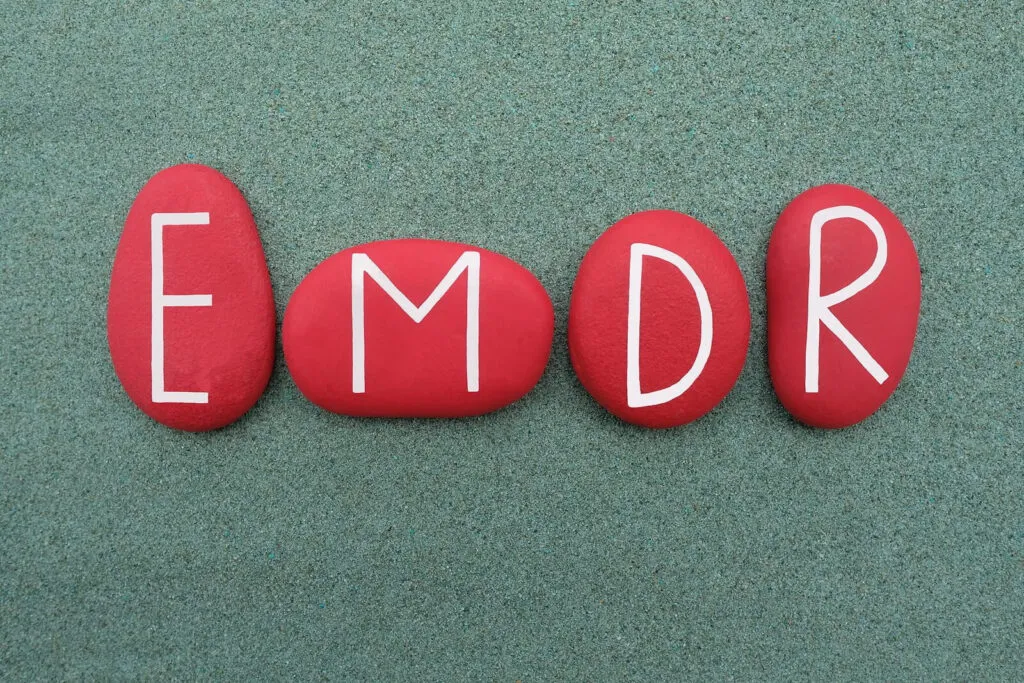What is EMDR Therapy and How Can it Help?
Eye Movement Desensitization and Reprocessing (EMDR) is a psychotherapy technique. It’s often used to treat people suffering from panic attacks, anxiety, and PTSD. Or, a variety of other emotional issues. Before EMDR, treatment for these issues would be through cognitive behavioral therapy alone. While this treatment can be successful, it often takes many, many sessions for the most relief.
But, EMDR is recognized as a breakthrough modality. This is because it can bring quick and lasting relief from a variety of emotional distress. Even better, EMDR does not need you to hash through all the details of your abuse out loud. Instead, it works from the “inside–out”. Instead of using words, EMDR uses your brain’s natural processing systems to:
1) Turn down the volume of your distress
2) Helps you make new connections so you can get “unstuck”
3) Helps you believe something positive about yourself again.
When we experience trauma such as sexual abuse, our brain becomes overwhelmed. We experience the symptoms of anxiety, shame, depression, and PTSD. Through EMDR, people can process trauma until it no longer disturbs or disrupts their lives.
What is a Typical EMDR Therapy Session Like?
EMDR therapy sessions might involve several familiar pieces of traditional talk therapy. But, it also focuses on some unique techniques. EMDR is actually an 8 stage process. But when most people refer to EMDR, they think of the desensitization stage. This is where traumatic memories are “reprocessed” and healed. In these sessions, the EMDR therapist will engage the client in “bilateral stimulation”.
Don’t worry. There’s no hypnosis, shocks, or anything else going on. While the speed of recovery can sometimes feel like magic, there is the real science behind EMDR. For instance, we know from research that when you get your brain’s attention left-right, left-right, left-right, it starts a healing and learning process. In short, it gets your neurons firing up so that new connections can be made. This is how EMDR is so effective at getting you unstuck.
So, a desensitization session will have you focus on different parts of the trauma memory. All while getting your brain’s attention right-left, right-left. We do this by using eye movements or headphones that sound a tone back and forth in each ear. Or, we may use little buzzers that vibrate in your hands back and forth.


